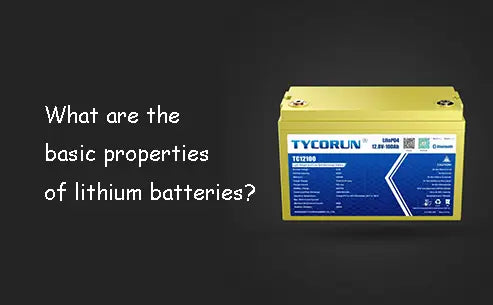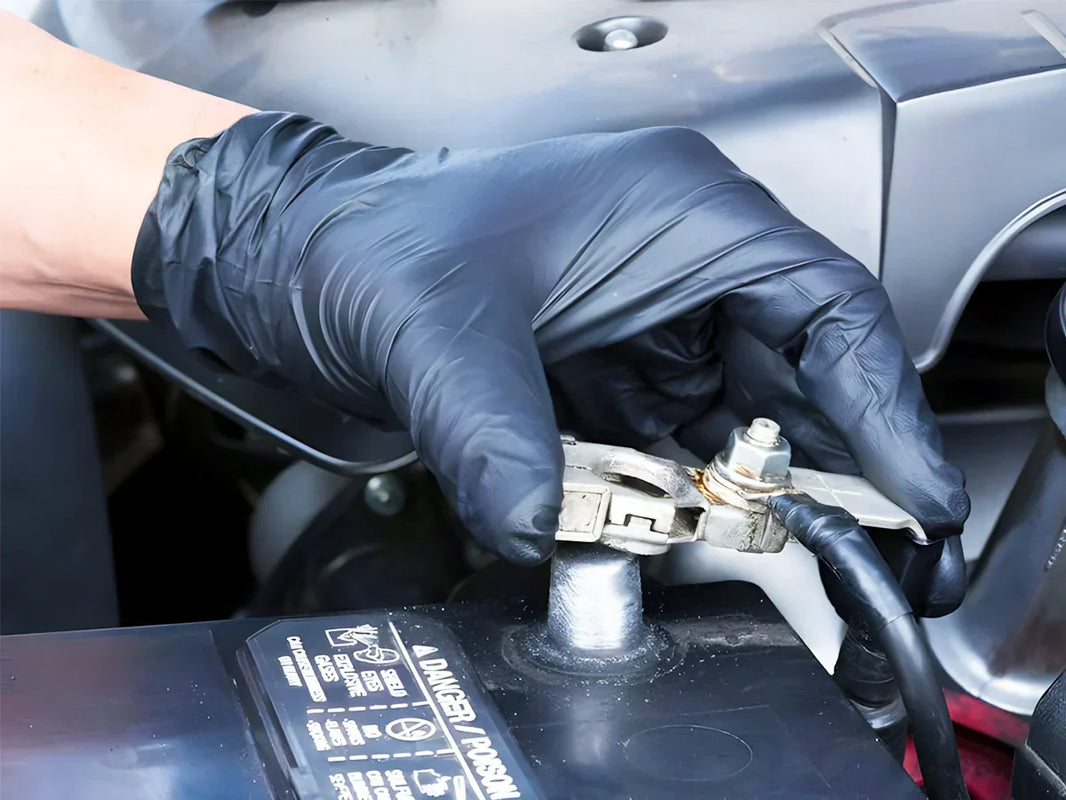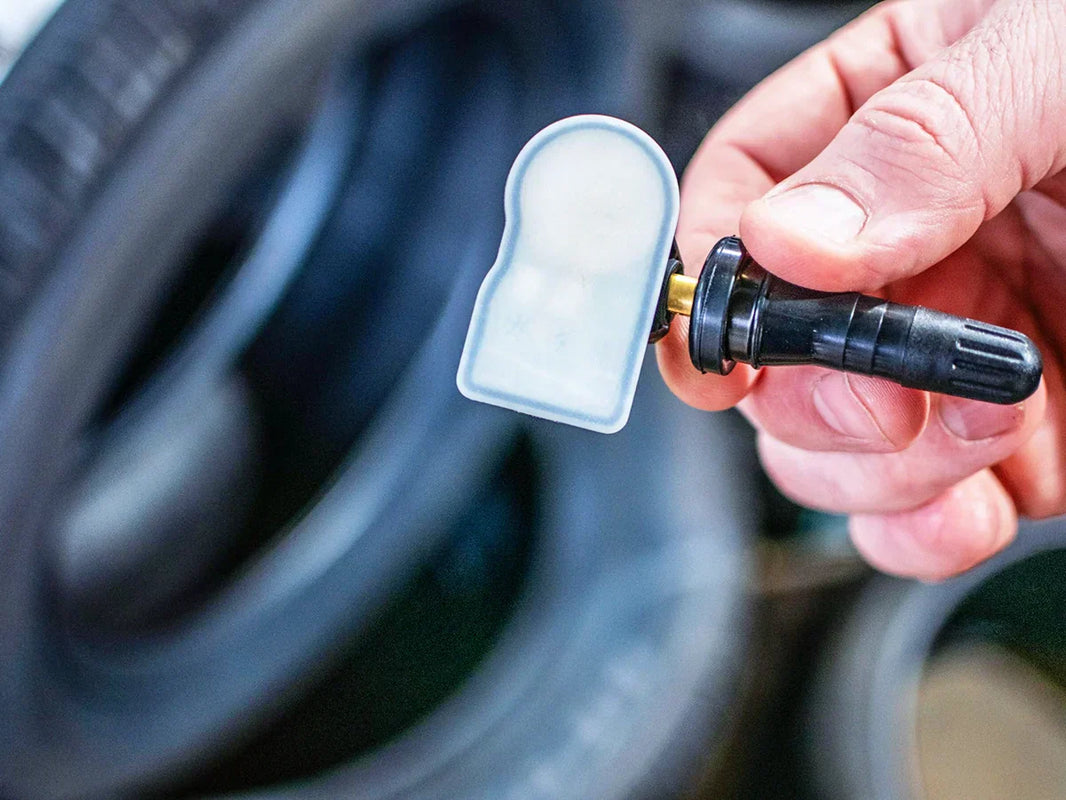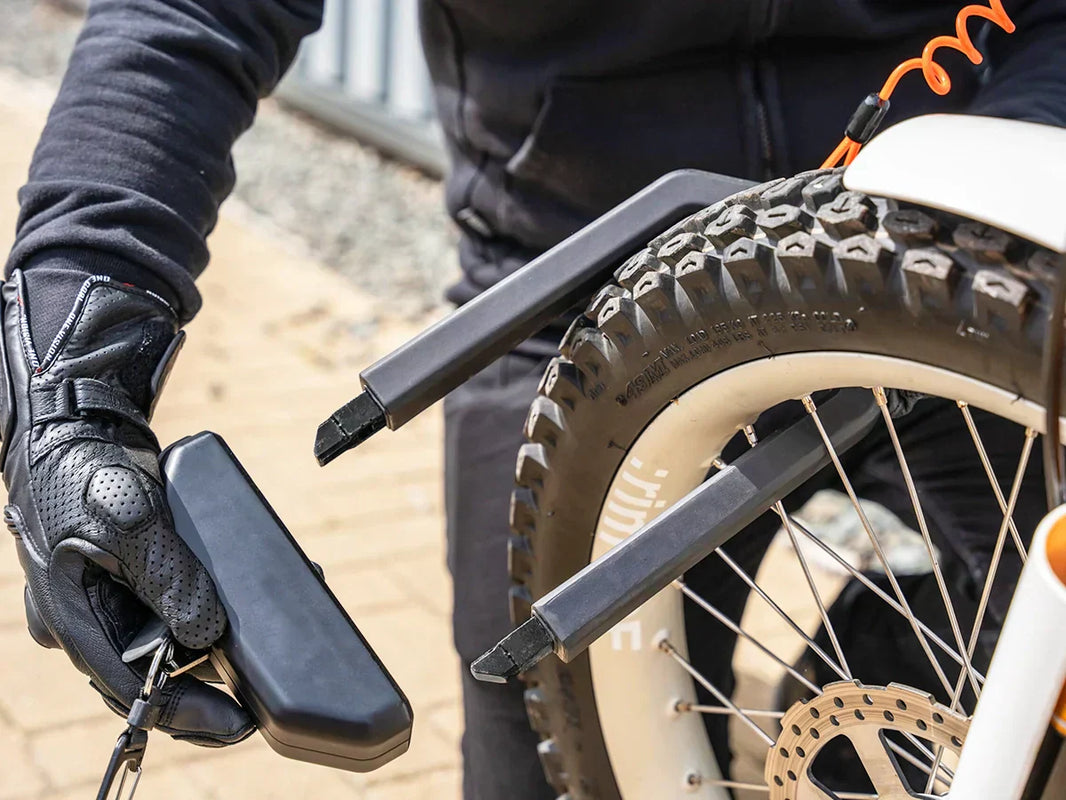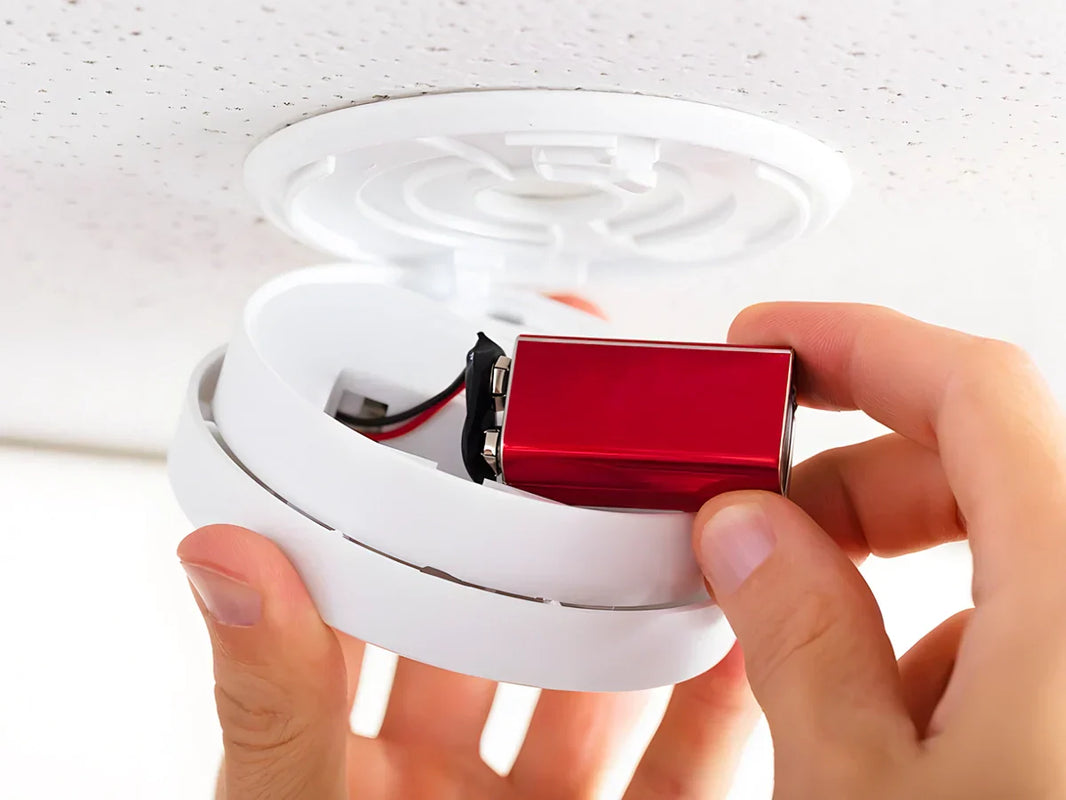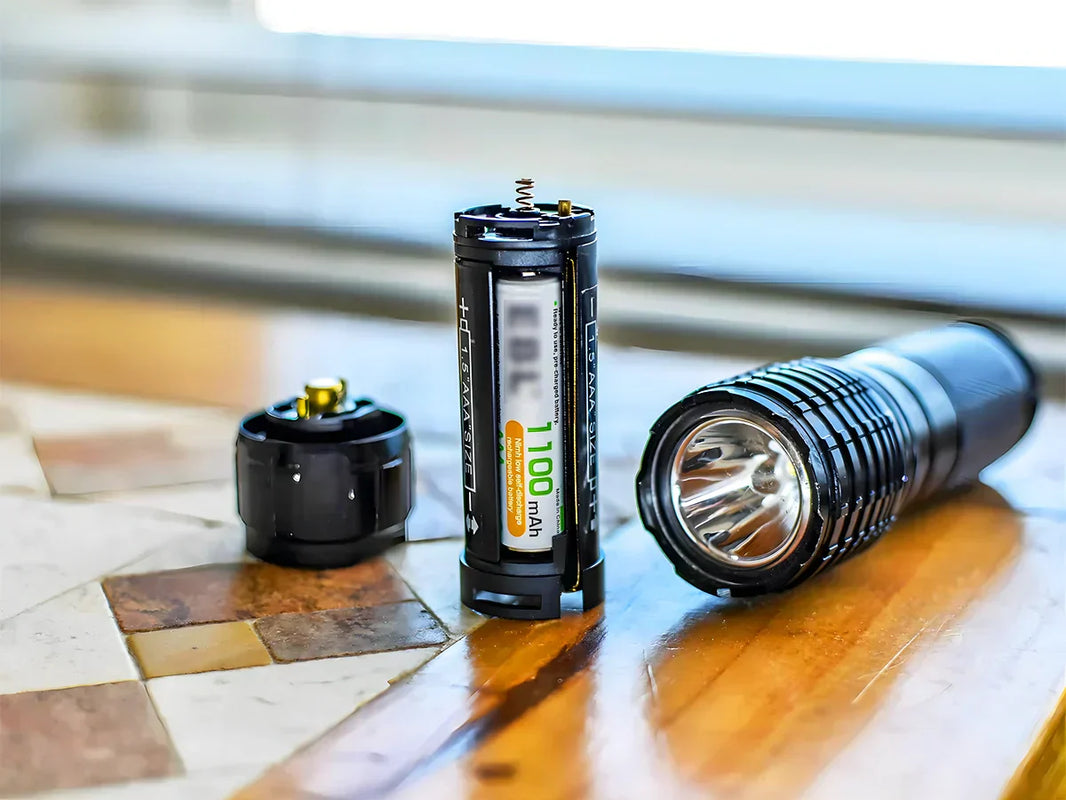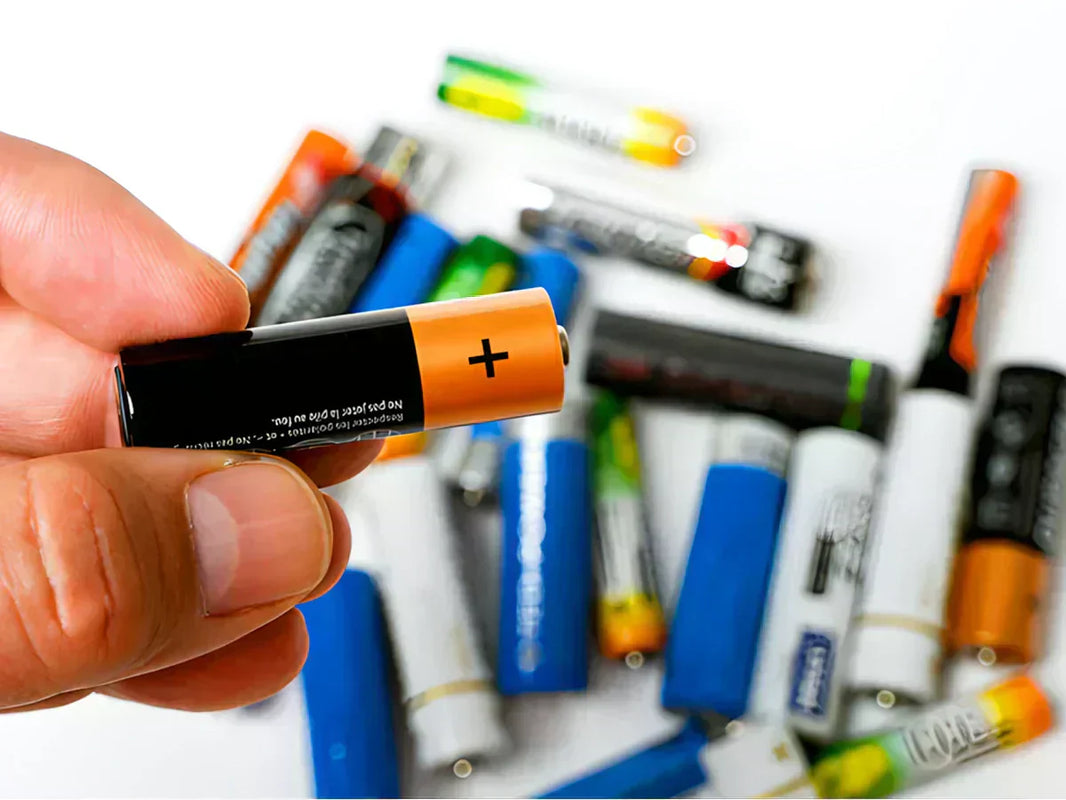
Main content:
Since the introduction of lithium batteries in 1990, due to the excellent performance of lithium batteries, they have developed rapidly and are widely used in society. Lithium batteries have quickly occupied many fields with the incomparable advantages of other batteries, such as well-known mobile phones, notebook computers, small cameras, etc., and more and more countries are using lithium batteries for military purposes. The application shows that the lithium batteries is an ideal small green power source.
At present, traditional lead-acid battery and nickel-cadmium battery are mostly used in the world. These batteries have low energy storage, heavy weight, short lifespan and serious pollution. The lithium batteries have the advantages of safety, high energy, wide temperature range, recyclability, etc., and low production cost, simple process and easy industrialization. It is the power source of motorcycles, automobiles and submarines, and can be widely used in industry and civil .
Lithium-ion power batteries can replace the current fuel systems used in automobiles and other motor vehicles and traditional lead-acid and chromium-nickel batteries, which are more polluting, improve energy utilization, and reduce heavy metal pollution such as lead and nickel in the air and soil. , to promote sustainable development of the industry. In 2006, the world's battery sales revenue was about 60 billion US dollars, of which lithium batteries had the fastest growth.

1. The main components of lithium batteries
①Battery cover; ②The positive electrode—the active material is lithium cobalt oxide; ③The separator—a special composite membrane; ④The negative electrode—the active material is carbon; ⑤The organic electrolyte; ⑤The battery shell.
2. Superior performance of lithium batteries
The advantages of lithium batteries that we often say are aimed at traditional nickel-cadmium batteries (Ni/Cd) and nickel-metal hydride batteries (Ni/MH). So, what's so good about lithium batteries? ①High working voltage; ②Large specific energy; ③Long cycle life; ④Low self-discharge rate; ⑤No memory effect; ⑤No pollution.
3. The working principle of lithium batteries
The positive electrode material of the lithium batteries is lithium cobalt oxide, and the negative electrode is carbon. The working principle of lithium batteries refer to its charging and discharging principle. When the lithium batteries are charged, lithium ions are generated on the positive electrode of the lithium batteries, and the generated lithium ions move to the negative electrode through the electrolyte. The carbon as the negative electrode has a layered structure, and it has many micropores. The lithium ions reaching the negative electrode are embedded in the micropores of the carbon layer. The more lithium ions are embedded, the higher the charging capacity. In the same way, when the lithium batteries are discharged, the lithium ions embedded in the carbon layer of the negative electrode come out, and the more lithium ions that return to the positive electrode, the higher the discharge capacity. What we usually call battery capacity refers to the discharge capacity.
It is not difficult to see that during the charging and discharging process of the lithium batteries, lithium ions are in a state of motion from positive electrode → negative electrode → positive electrode. If we compare the lithium batteries to a rocking chair, the two ends of the rocking chair are the poles of the battery, and the lithium ion is like an excellent sportsman, running back and forth between the two ends of the rocking chair. Therefore, experts have given lithium batteries a cute name - rocking chair batteries.
4. Several innovations of lithium batteries in China
Oxygen vacancy lithium iron phosphate: According to a unique synthesis method independently developed, an oxygen vacancy lithium iron phosphate cathode material with a reversible capacity of 160 mA h/g was prepared, and the capacity was not deteriorated after 500 cycles, especially with high rate discharge. ability.

Lithium cobalt nickel manganese oxide: Cobalt nickel lithium manganate cathode material that can replace lithium cobalt oxide has been successfully developed, and a unique precursor synthesis technology and lithium addition technology have been developed. 80% of cobalt is replaced by manganese and nickel, and the crystal With the control of particle size, the reversible capacity of the synthetic material reaches 165mA·h/g, which is more than 10% higher than that of lithium cobalt oxide, and the cycle life reaches 500 times, and the cost is less than 50% of that of lithium cobalt oxide. A pilot line with an annual output of 150t has been built.
Improved spinel lithium manganate: developed an Al2O3 surface modification technology with independent intellectual property rights, producing a reversible capacity of 107mA h/g, 200 cycles at 55°C, and a capacity retention rate greater than 90%, which is the first in China. This material can be used for high-power lithium batteries for hybrid batteries, which ensures the smooth progress of the high-power lithium batteries project of major special projects for electric vehicles.

Composite negative electrode material: The developed composite negative electrode material has a reversible lithium storage capacity of 600mA·h/g, reaching the international advanced level.
Graphitized nanofiber conductive additive: The control of the diameter and length distribution of carbon fibers is realized, and a conductive additive with graphitized nanofiber is developed, which solves the problem of localization of such additives.
Lithium batteries development: In 2004, the high-power lithium batteries for hybrid vehicles manufactured by Phylion passed the unified test of the "863" major special organization for electric vehicles. The specific power reached 1200W/kg, and its performance was at the international advanced level. h high-energy and 7.5A·h high-power lithium-ion power batteries have passed the US UL safety test, becoming the first UL-certified lithium-ion power battery in China, paving the way for such batteries to enter the international market.


